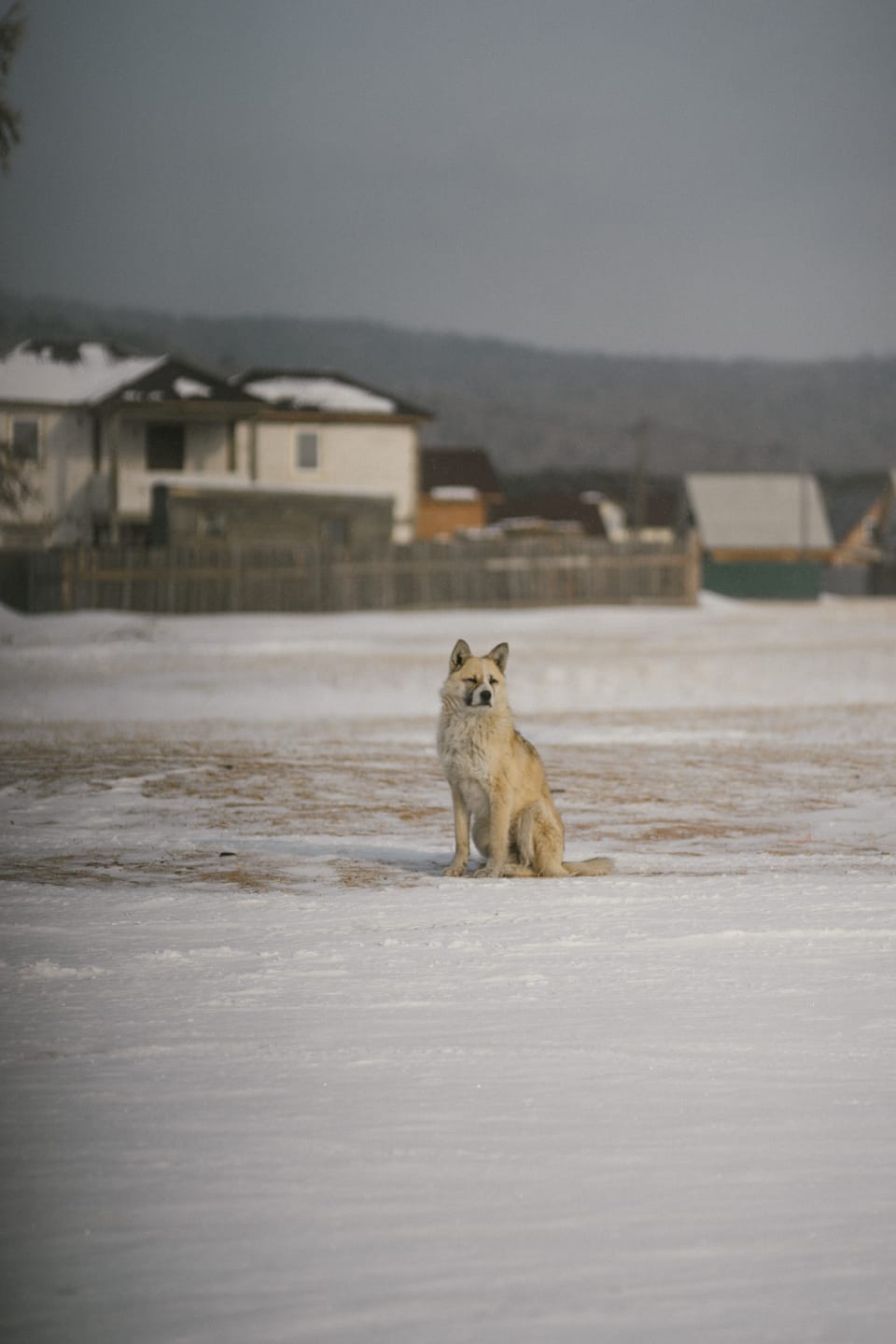What kind of animal is an Arctic wolf? What is the scientific name for Arctic Wolf? How much meat can one wolf consume? Get the answers to these questions and many more in these arctic wolf facts for kids.
The Arctic Wolf is renowned for its lack of human aversion. It is a remarkable animal with adaptations that allow it to survive in the harsh climate of the Arctic.
Arctic wolves are quite uncommon in the wild. It is because they inhabit places in which humans cannot live. Historically, European commercial hunters pursued these animals. So, let us discuss the Arctic Wolf facts for kids below:
Arctic Wolf Facts for Kids
1. They can reach a maximum length of 6 feet and weigh between 75 and 150 pounds.
2. The Arctic wolf is a grey wolf subspecies native to the Arctic areas of North America and Greenland.
3. Arctic Wolf is known as the White Wolf and the Polar Wolf.
4. The Arctic Wolf is an animal. They are subspecies of the gray wolf and belong to the wolf family.
5. The Arctic wolf is a carnivore.
6. Canis lupus arctos is the scientific name for this species. Its scientific name, Lupus, means “dog.”
7. Arctic wolves are distinguished from their Pacific Northwest counterparts by their smaller stature, whiter fur, larger carnassial teeth, and narrower skulls.
8. Like their southern siblings, Arctic wolves inhabit an isolated habitat range and are not threatened by habitat loss or hunting.
9. The double-layered fur of these wolves contributes to their habitat in the northern region. It is so dense in the south that they cannot survive.
10. The innermost layer of fur protects the skin from moisture. The outer layer is thick for insulation purposes.

11. They have smaller ears, shorter legs, and shorter snouts than gray wolves.
12. Since 1930, the Arctic wolf’s skull size has gradually decreased, which may be the outcome of wolf-dog hybridization.
13. The white fur of polar wolves makes blending into their cold environment easier.
14. It primarily feeds on Arctic foxes, hares, moose, caribou, elk, and deer.
15. Arctic wolves have powerful jaws. It possesses 42 razor-sharp teeth meant to rip flesh and shatter bones.
16. Arctic wolves can traverse icy terrain due to their thick, cushioned paws.
17. Although the wolf’s evolutionary history is obscure, many biologists believe it descended from early predators known as micids.
18. The animal’s family is Canidae, and its class is Mammalia.
19. In addition to cold weather, inhabitants of the Arctic endure five months of darkness per year.
20. They exhibit sexual dimorphism, with males often being larger than females.

21. The eyes of Arctic Wolves change hue as they mature.
22. Typically, polar wolves reside in caves or seek refuge in rocky outcrops. They are unable to dig typical dens since the earth is frozen.
23. When pursuing larger prey, they hunt in packs. A pack of wolves will kill and consume susceptible members of a herd of caribou or muskoxen.
24. The average standing height of an Arctic wolf is approximately 3 feet.
25. After 63 days of gestation, the mother wolf gives birth to two to four pups.
26. As the number of prey available is low, these wolves must occupy a larger territory than their southern cousins, bigger than 1,000 square miles.
27. Arctic wolves typically live between 7 and 10 years in the wild.
28. They survive longer than 18 years in captivity due to food availability and protection from natural threats.
29. Typically, when pups reach three to six weeks of age, they leave the den and begin exploring their surroundings.
30. An Arctic wolf may consume approximately 9 kilograms (20 pounds) of meat per meal.

31. Large hunts typically last several days. All pack members take turns guarding the carcass against scavengers between meals.
32. Breeding pairs may be the pack’s largest, oldest, and strongest wolf.
33. Wolf body language is a means by which wolves convey group rules. The dominant male and female lead the pack.
34. The white or light-gray coloring of the Arctic wolf’s coat provides great camouflage.
35. Under their skin, Arctic wolves have a thick layer of body fat.
Conclusion
I can say that an Arctic wolf is one of the most beautiful yet fierce animals. The fact that they can bear extremely harsh weather amazes me. That’s it from my side on the facts of the Arctic wolf.
Stay connected for more informative articles.
